Search Results
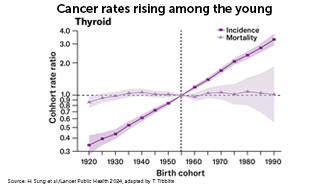
Cancer patterns in younger generations
Cancer is typically a disease of older people. But since the 1990s, rates of early onset cancer have been rapidly increasing globally.
The brain provides answers
Brain scans can help scientists answer questions about how the brain receives information from parts of the body and controls them. In this short activity, students will think of a question that could potentially be answered by brain scans and write a scientific question.
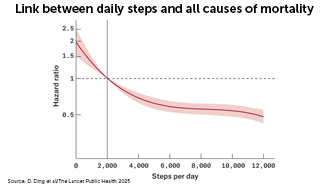
Take a hike
Walking just 7,000 steps per day can lower a person’s risk of certain health issues, according to a new study. Even a small increase in steps per day lowered health risks.
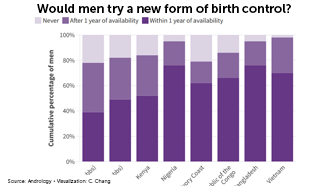
The rise of male contraceptive options
Contraceptive pills for women emerged in 1960, followed by hormonal implants, patches, vaginal rings and IUDs. But no new contraceptive methods have become available for men. New research could change that in the next five to 10 years.
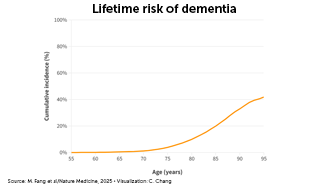
U.S. dementia cases on the rise
Scientists predict that, by 2060, one million U.S. adults per year will develop dementia. The new estimate surpasses previous estimates of how many people will struggle with memory, reasoning and language difficulties that interfere with life.
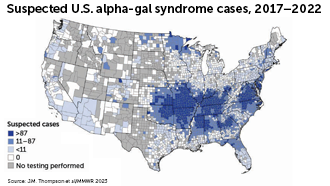
Mapping the spread of ticks
Three types of ticks may spread alpha-gal syndrome, an allergy to red meat. Researchers think the condition is caused by molecules in the saliva of certain tick species. The best way to avoid the syndrome is to prevent tick bites.
A virtual immune-boost
Exposure to germs triggers an immune response. But just thinking about germs might do it, too, new data show. Researchers used virtual reality to study how people respond to sickness in others. Learn techniques and tools researchers use to study how we respond to illness at three levels of biological organization — the behavioral, physiological and chemical. Answer questions about experimental variables, then discuss possible applications for virtually boosted vaccines of the future.
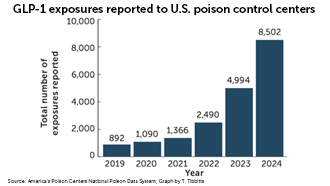
The weight of weight-loss drug usage
Shortages and big price tags have driven patients to unconventional, sometimes shady sources of weight-loss drugs. In some cases, people end up with tainted drugs or risk overdosing.
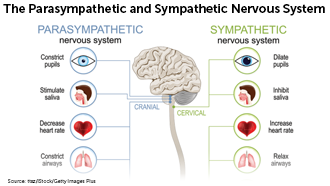
Got stress?
The sympathetic nervous system — our fight-or-flight response — kicks in when we face a big challenge or risk. When we’re relaxed, our parasympathetic nervous system takes over. Together these two systems make up the autonomic nervous system.
All about Analyze This: An article type from Science News Explores
Use this lesson plan to learn about an article type called Analyze This that is published by Science News Explores in print and online. You can also access a lesson plan template that can be used with any Analyze This article. Each Analyze This article includes a graph or data visualization that is paired with questions for students to answer and a short story that provides context.
Literacy Practice: KWL Strategy
Use this lesson plan and the provided template to have your students practice the KWL strategy. This note-taking strategy helps students organize their thoughts and reflect on their knowledge around a particular reading.
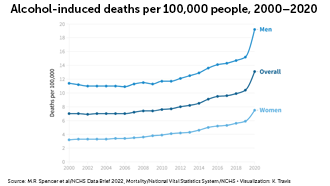
Trends in alcohol-induced death rates
Alcohol-related deaths have increased yearly over the last 20 years. From 2019 to 2020, in the first year of the COVID-19 pandemic, the death rate from alcohol use rose sharply — at a much greater rate than in recent years.